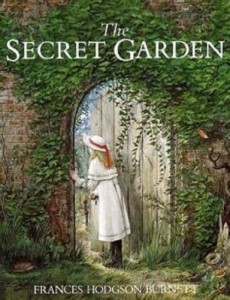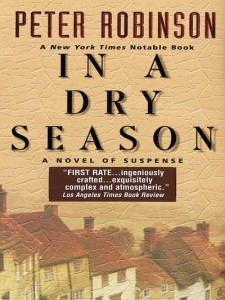
I played hooky today, lured by the beautiful weather to work in the garden instead of writing the blog post I’d planned.
As I dug in the dirt, I was reminded, as I always am this time of year, of this wonderful children’s book. Ten-year-old Mary Lennox, orphaned by a cholera epidemic in India where she lived with her parents, is sent to Yorkshire to live with her cantankerous uncle in his gloomy house on the moors. There is a walled garden that has been locked and hidden ever since her aunt’s death.
Spoilt and headstrong Mary is miserable until she meets Dickon, 12-year-old brother of Mary’s maid. He teaches her about the wild things on the moors and gardening as well. The two search for the hidden garden by day, but at night Mary hear strange cries.
I first learned about the book when Miss Lewis, my fourth grade teacher, began reading it to us. Unfortunately, she passed away shortly into the term, and the substitute who took her place was not interested in reading us the rest of the book. I knew even then that librarians were the smartest people on earth, and sure enough, the woman at my neighborhood branch recognised my description and found the book for me.
Little did I know then that it would change everything for me, making me a gardener for life. Not only have I put in a garden everywhere I’ve lived, but my first overseas trip was to Yorkshire. Of course.
Burnett’s book is one of nine that I can point to as having made me the person I am today. Three I read as a child; three as a teenager, and three as an adult. While every book I read changes me to some extent, these books shaped my philosophy, my values, and my identity.
I hope that when a day is this gorgeous you, too, set aside your to-do lists and go outside. Listen to the birds. Dig in the dirt. Find or make your own secret garden.
What book changed your life?

